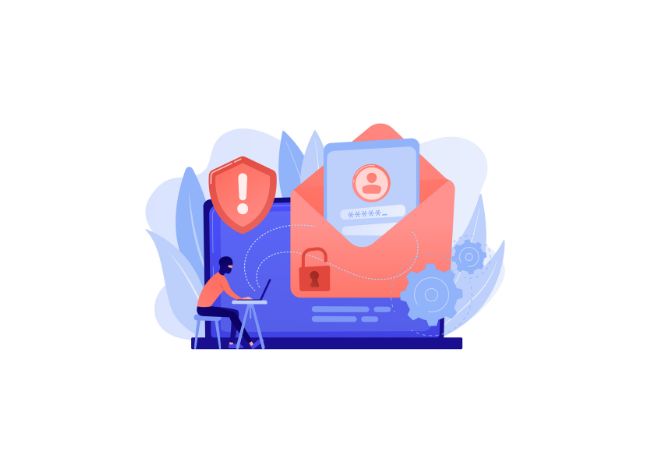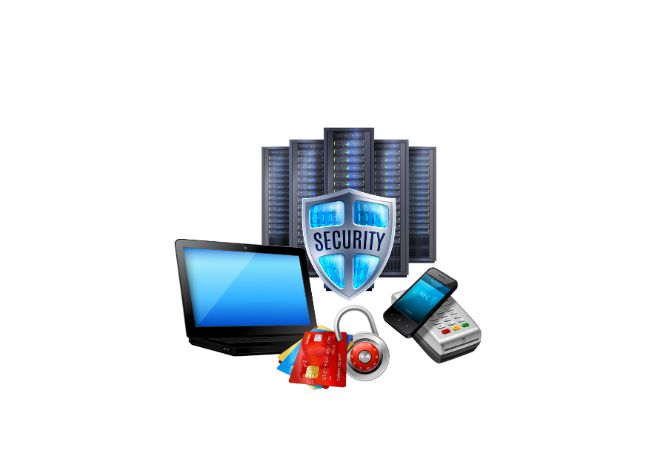Introduction to Email Security
Email security is a crucial aspect of cybersecurity that protects users from various threats such as phishing, malware, and data breaches. With email being the primary communication channel for businesses and individuals, ensuring its security is paramount. This guide covers everything you need to know about email security, best practices, threats, and tools to safeguard your emails.
What is Email Security?
Email security refers to the various measures and technologies designed to protect email accounts, content, and communication from cyber threats. It encompasses encryption, authentication protocols, email filtering solutions, and secure email providers to prevent unauthorized access and data leaks.
Learn more about proactive security measures with our expert insights.
Why is Email Security Important?
Cybercriminals target emails as a gateway to infiltrate systems, steal sensitive data, and spread malware. Implementing robust email security measures ensures:
-
Protection against phishing attacks
-
Safeguarding confidential information
-
Compliance with data protection regulations
-
Preventing financial and reputational losses
Enhance Your Security with Our Solutions – Explore advanced cybersecurity services at Bornsec

Benefits of Email Security
- Enhanced Privacy: Email encryption safeguards confidential information, preventing unauthorized access.
- Spam and Malware Prevention: Advanced email security solutions block phishing emails, malware, and spam.
- Data Loss Prevention: Secure storage, backup solutions, and email filtering protect sensitive data from breaches.
- Improved Business Reputation: Strong email security measures ensure compliance, trust, and business credibility.
Types of Email Threats
- Phishing Attacks: Cybercriminals send deceptive emails to steal login credentials and financial data.
- Email Spoofing: Attackers manipulate email headers to impersonate trusted senders and bypass security.
- Ransomware: Malicious email attachments encrypt data, demanding ransom for file recovery.
- Business Email Compromise (BEC): Fraudsters use social engineering to trick employees into financial transactions.
- Man-in-the-Middle (MITM) Attacks: Hackers intercept email communications to steal or alter sensitive data.
“Email security is no longer optional; it is a necessity to prevent catastrophic cyber incidents.”
– Bruce Schneier, Cybersecurity Expert
Steps to Secure Email Communication
- Use Strong Passwords and Multi-Factor Authentication (MFA): Enhances email protection against unauthorized access.
- Implement Email Encryption: Ensures confidential emails remain secure from cyber threats.
- Enable Email Filtering Solutions: AI-driven email security software blocks malicious content proactively.
- Regular Security Training: Employees learn to identify phishing scams and improve email hygiene.
- Update Security Software: Patching vulnerabilities in email security tools prevents cyberattacks.
For additional insights, refer to CISA’s Guide on Email Security and NIST Email Security Best Practices.
Email Security Policies
- Access Control Measures: Restrict unauthorized access to email accounts with strong authentication.
- Email Encryption Requirements: Mandates encryption protocols like TLS and PGP for secure email exchanges.
- Acceptable Use Policies: Establishes guidelines for safe and responsible email communication.
- Incident Response Procedures: Ensures rapid threat mitigation in case of an email security breach.
Conclusion
Email security is essential for digital safety. Implementing best practices, using advanced security tools, and staying informed about emerging threats can significantly reduce risks. Whether you’re an individual or a business, securing your emails is a proactive step toward safeguarding sensitive information in today’s cyber landscape.
FAQs
1. What are the three types of email security?
-
Encryption – Protecting email content
-
Authentication – Verifying sender identity
-
Filtering – Blocking malicious emails
2. Which security is best for email?
Secure email encryption services and multi-layered authentication provide the best protection.
3. How is email secured?
Email security involves encryption, filtering, authentication, and security awareness training.
4. What are email security examples?
-
TLS encryption for secure data transmission
-
DMARC, DKIM, and SPF for email authentication
5. What are the best email security tools?
-
Proofpoint
-
Mimecast
-
Barracuda Email Security Gateway
Email Security in Cybersecurity and Cryptography
Email security plays a vital role in broader cybersecurity and cryptography domains by:
-
Ensuring Confidentiality – Encryption methods like PGP and S/MIME protect sensitive emails.
-
Maintaining Integrity – Digital signatures prevent tampering.
-
Enhancing Authentication – Protocols like DMARC verify legitimate email senders.
Conclusion
Email security is an essential component of digital safety. Implementing best practices, using advanced security tools, and staying informed about emerging threats can significantly reduce risks. Whether you’re an individual or a business, securing your emails is a proactive step toward safeguarding sensitive information in today’s cyber landscape.




